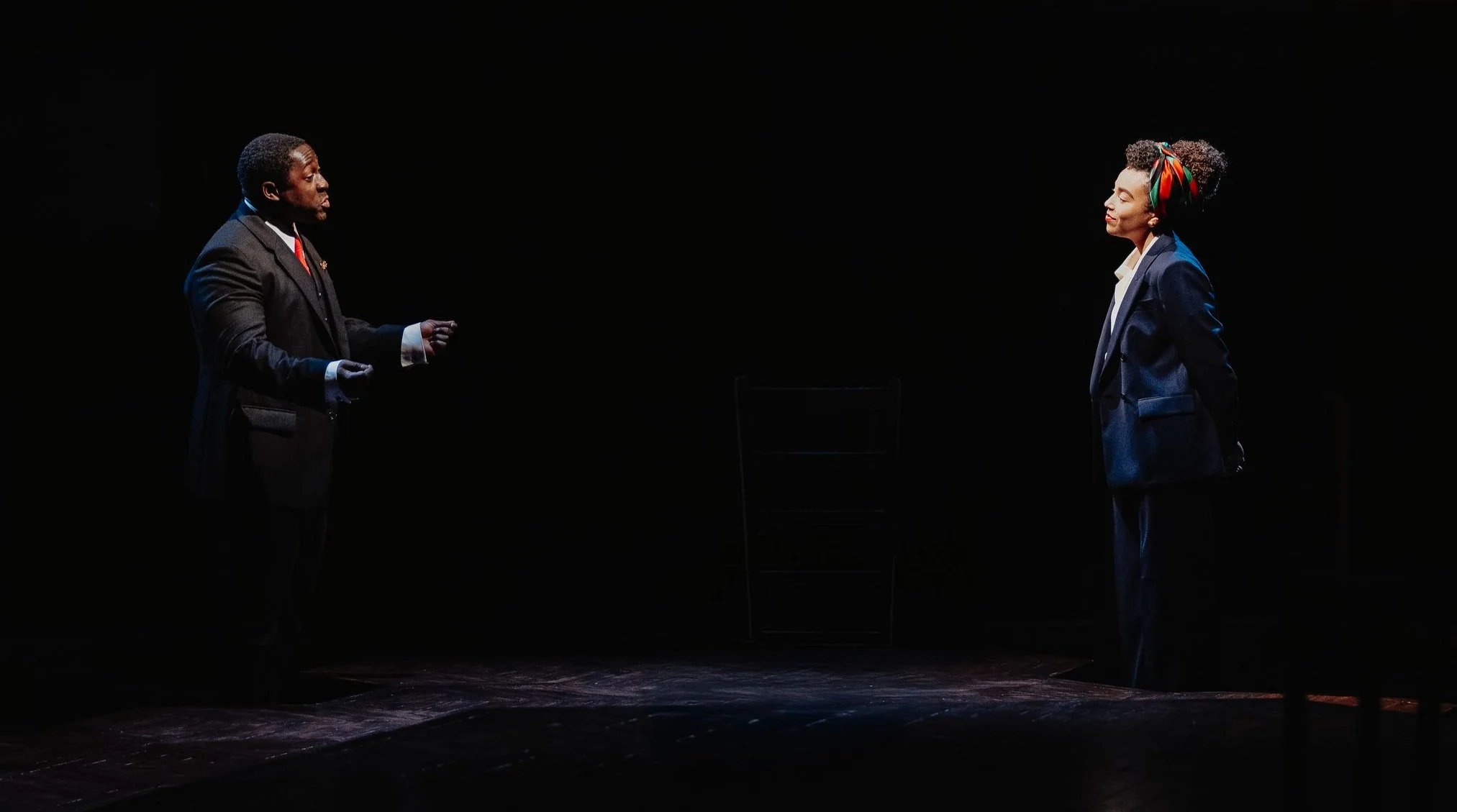Women’s Sport Is Gaining Momentum, So What Happens Next?
By Charlotte Ivins
As we line up for the kick off of the Women’s Euros this week, conversation inevitably turns to age-old gender comparisons. After years on the sidelines, women’s sport is gaining the attention it deserves. Female teams are gaining bigger crowds, stronger investment and more media coverage than ever before. (You can watch the Euros across both BBC and ITV.) But, while there has been marked progress, we’re still a long way from referring to “the Euros” vs “the men’s Euros”. Will women’s spot ever truly be considered as equal to its male counterpart?
A Rising Tide
There’s no denying that women’s sport is on the rise. Male-dominated fields like football, rugby, cricket and athletics are all growing arenas for female athletes. Nielsen predicts that women’s football could be a top-five global sport by 2030, with a 38% jump in fans to over 800 million. Notably, 60% of this fanbase are women, marking a real shift in the audience.
In England, the Women’s Super League (WSL) is riding high. Revenues leapt 34% recently, and Sky Sports has committed to broadcasting up to 50 extra matches each season starting from 2026‑27.
Meanwhile, England’s Lionesses set attendance records at the last Women’s Euros and have inspired a surge in grassroots participation. Across the Atlantic, women’s rugby, basketball, and cricket are drawing fresh investment and fan engagement too.
Major Events Lighting the Fuse
2025 is shaping up to be a pivotal year. With the Women’s Rugby World Cup headed to England (August–September), early ticket sales for the Red Roses suggest real buzz around Twickenham. Broadcasters like the BBC have rolled out full TV coverage.
There’s talk of a potential ‘generational moment’ to mirror what the Lionesses achieved in 2022. More fans than ever will turn their eyes eagerly towards match days and keeping a close eye on rugby scores. Add in the Women’s Euro, Wimbledon, major athletics meets, the third installment of the WPL, and suddenly 2025 steps from a busy year to a transformative era for women’s sport.
Still a Long Way to Go
Sadly, enthusiasm alone isn’t enough. Women’s sport still struggles for consistent media coverage and commercial backing. Female teams account for up just a fraction of sports news, often squeezed into brief bulletins (unless there’s a major event). Of course, with attention comes investment; so, long as coverage lags, so will the funding.
Rugby, in particular, shows the contrast between men and women’s teams starkly. Yet, is this distinction simply based on a lack of exposure? Vodafone found that 70% of Britons who hold an unfavourable view of women’s rugby had simply never watched it. When they did, most described it as ‘skilful and exciting’. Adaptable campaigns like ‘See It. Believe It.’ are now aiming to close that awareness gap.
But visibility remains limited: only one‑in‑nine Brits spot women’s rugby on social media. And a mere 15% recall headlines on the sport from news coverage. That lack of visibility keeps the fanbase fragile.
What Comes Next
Professionalisation is picking up pace. Governance reform in football and investment spurred by the WPLL are laying structural foundations for growth. World Rugby’s ‘Impact Beyond 25’ scheme is on a mission to inspire “more women and girls to get into rugby, on and off the field of play”.
Importantly, clubs are building women-specific facilities, like Brighton & Hove Albion’s new stadium. These developments align with models seen in the WNBA and NWSL. Yet true parity demands broadcasters, sponsors and platforms to consider women’s sport as the headline act, not the afterthought.
Final Whistle
Yes, the momentum’s real. Fan numbers, sponsorships, and media rights are all growing. But without consistent coverage, long-term investment and a stronger weekly following, that rise could stall. Women’s sport now needs depth: regular fans, committed sponsors, and media that cover it as standard, not as a side show.
So, with that in mind, we hope to see you in the stands!
Read more about inspiring female athletes who have been changing the landscape of sport over the past decade:
Charlotte is a freelance writer passionately dedicated to women's sports. Her mission is to bring women's athletes and their achievements to the forefront of the sporting world.





